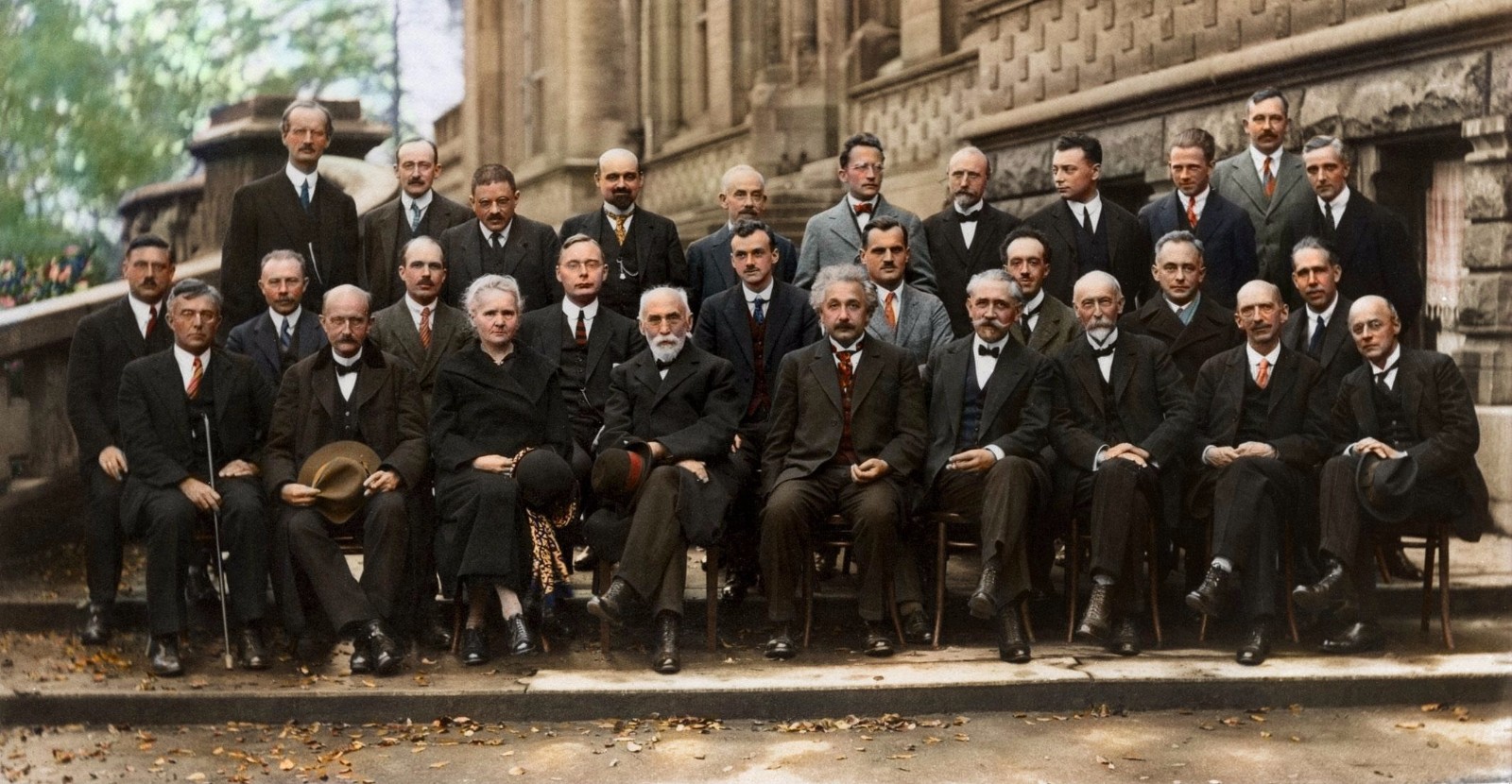Pandas Initiation
Published:
Import packages
import numpy as np
import pandas as pd
import os
from astropy.table import Table
from scipy.stats import spearmanr#
from scipy.stats.stats import pearsonr
from astropy.table import Table
from astropy.cosmology import FlatLambdaCDM,Planck13,Planck15,z_at_value
from astropy import units as u
from astropy.cosmology import LambdaCDM
cosmo = LambdaCDM(H0=70, Om0=0.27, Ode0=0.73)
from astropy.time import Time
from astropy.time import TimeYearDayTime
from datetime import datetime
import time
from time import strftime,strptime
import calendar
from dateutil.parser import parse
#from adjustText import adjust_text
import matplotlib as mpl
import matplotlib.pyplot as plt
from pylab import cm
from collections import OrderedDict
#from adjustText import adjust_text
%matplotlib inline
%config InlineBackend.figure_format='svg'
# Edit the font, font size, and axes width
mpl.rcParams['font.family'] = 'Times New Roman' #'Avenir'
plt.rcParams['font.size'] = 18
plt.rcParams['axes.linewidth'] = 2
Def sort_data
import pandas as pd
import numpy as np
import os
def get_obsids(path):
dirname=os.listdir(path)
obsids=[]
for i in dirname:
if i.isdigit():
obsids.append(i)
obsids.sort()
return obsids
def drop_index(data):
data=data.reset_index(drop=True)
return data
def get_info(data,label,label_err=None):
return min(data[label]),max(data[label]),np.mean(data[label])
pandas loaddata
data_path='/path/data.csv'
data=pd.read_csv(data_path,header=0,delimeter=',')
print(data.columns)
data_path='/path/data.txt'
data=pd.read_csv(data_path,header=None,delimeter='\s+')
#data.columns=[]
data_path='/path/data.xlsx'
data=pd.read_excel(data_path,header=0,sheet_name='sheet1')
data_path='/path/data.dat'
readme_path='/path/readme'
Tabledata=Table.read(data_path,
readme=readme_path,
format="ascii.cds",)
html_url='website_url'
data_table_html=pd.read_html(html_url)
data_path='/path/data.dat'
data=pd.read_excel(data_path,header=0,delimeter='\s+')
pandas writedata
data.to_csv(data_path,index=False)
data.to_excel(data_path)
json
from __future__ import unicode_literals
import json
import numpy as np
import pickle
with open("Source_Name_dict_pickle.json", "wb") as f:# writr dict
pickle.dump(Source_Name_dict , f,pickle.HIGHEST_PROTOCOL)
with open('Source_Name_dict_pickle.json', "rb") as f:# load dict
Source_Name_dict_load_pickle = pickle.load(f)
Source_Name_dict_load_pickle_Name2url = dict(zip(Source_Name_dict_load_pickle .values(), Source_Name_dict_load_pickle .keys()))
with open("Source_Name_dict_pickle.json", "wb") as f:# writr dict
pickle.dump(Source_Name_dict , f,pickle.HIGHEST_PROTOCOL)
Table
hdu = fits.BinTableHDU(data=newdata,header=hdr,name='data')
hdu.writeto(path+'qsopar.fits',overwrite=True)
import numpy as np
gtipath='/Volumes/Brettlv_G_m/Astro_sources_data/V404cyg/V404cyg//nustar_v404/90102007002/pipeline_out/V404cygA01_gti.fits'
gti=fits.open(gtipath)
headergti=gti[0].header
gtitime=gti[1].data
gti_made = np.rec.array([(1,2),(3,5),(12,100)],
formats='float64,float64',
names='START,STOP')
gti[1].data=gti_made
gti.writeto('newgti.fits')
from astropy.table import Table
tbdata = Table.read(path+"qsopar.fits")
tbdata[:12]
get_quasi_sim_data
def get_quasi_sim_lum_correlation(time1,Lum1,time2,Lum2,timebin=1):
time1s=[]
Lum1s=[]
time2s=[]
Lum2s=[]
plot_laged_lum=pd.DataFrame([])
for index_,(time_,lum_) in enumerate(zip(time1,Lum1)):
mjd_near_i=np.argmin(abs(time2-time_))
mjd_near=time2[mjd_near_i]
Lum2_near=Lum2[mjd_near_i]
if abs(mjd_near-time_)<timebin:
time1s.append(time_)
Lum1s.append(lum_)
time2s.append(mjd_near)
Lum2s.append(Lum2_near)
return np.array(time1s),np.array(Lum1s),np.array(time2s),np.array(Lum2s)
def get_lag_correlation(t1,y1,t2,y2,lagtime,timebin=1):
lagged_t2=t2-lagtime
new_t1,new_y1,new_t2,new_y2= get_quasi_sim_lum_correlation(t1,y1,lagged_t2,y2,timebin=timebin)
return new_t1,new_y1,new_t2,new_y2
def get_quasi_sim_lum3(time1,Lum1,time2,Lum2,time3,Lum3,timebin=1):#base on time1
time1s=[]
Lum1s=[]
time2s=[]
Lum2s=[]
time3s=[]
Lum3s=[]
plot_laged_lum=pd.DataFrame([])
for index_,(time_,lum_) in enumerate(zip(time1,Lum1)):
mjd_near_i=np.argmin(abs(time2-time_))
mjd_near=time2[mjd_near_i]
Lum2_near=Lum2[mjd_near_i]
mjd_near_i3=np.argmin(abs(time3-time_))
mjd_near3=time3[mjd_near_i3]
Lum3_near=Lum3[mjd_near_i3]
if abs(mjd_near-time_)<timebin and abs(mjd_near3-time_)<timebin:
time1s.append(time_)
Lum1s.append(lum_)
time2s.append(mjd_near)
Lum2s.append(Lum2_near)
time3s.append(mjd_near3)
Lum3s.append(Lum3_near)
return np.array(time1s),np.array(Lum1s),np.array(time2s),np.array(Lum2s),np.array(time3s),np.array(Lum3s)
欢迎关注微信公众号:曜灵集


